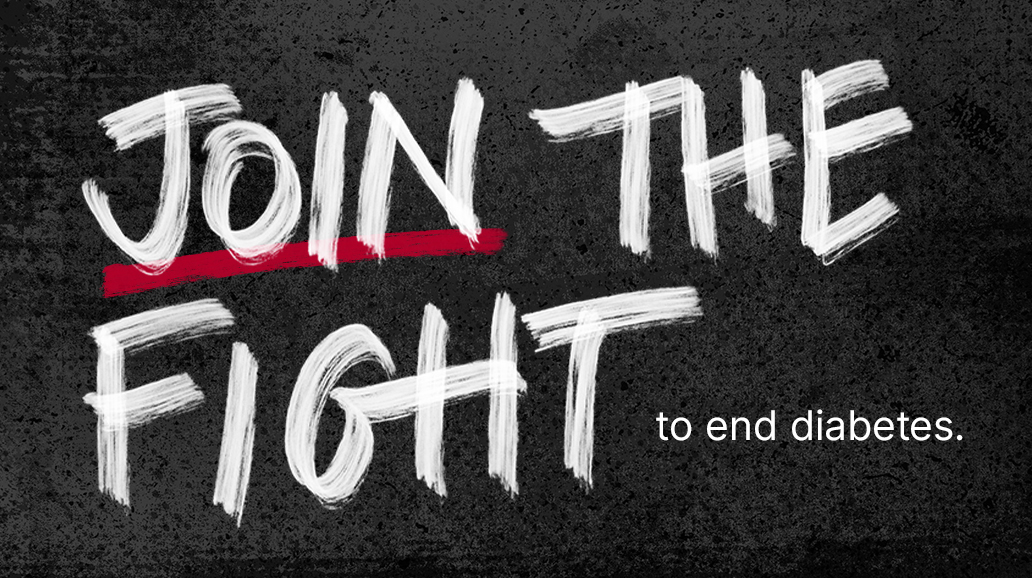There are several ways to diagnose diabetes. Each way usually needs to be repeated on a second day to diagnose diabetes.
Testing should be carried out in a health care setting (such as your doctor’s office or a lab). If your doctor determines that your blood glucose (blood sugar) level is very high, or if you have classic symptoms of high blood glucose in addition to one positive test, your doctor may not require a second test to diagnose diabetes.
A1C

The A1C test measures your average blood glucose for the past two to three months. The advantages of being diagnosed this way are that you don't have to fast or drink anything.
Diabetes is diagnosed at an A1C of greater than or equal to 6.5%
| Result | A1C |
|---|---|
| Normal | less than 5.7% |
| Prediabetes | 5.7% to 6.4% |
| Diabetes | 6.5% or higher |
Fasting Plasma Glucose (FPG)

This test checks your fasting blood glucose levels. Fasting means after not having anything to eat or drink (except water) for at least 8 hours before the test. This test is usually done first thing in the morning, before breakfast.
Diabetes is diagnosed at fasting blood glucose of greater than or equal to 126 mg/dl
| Result | Fasting Plasma Glucose (FPG) |
|---|---|
| Normal | less than 100 mg/dL |
| Prediabetes | 100 mg/dl to 125 mg/dL |
| Diabetes | 126 mg/dL or higher |
Oral Glucose Tolerance Test (OGTT)

The OGTT is a two-hour test that checks your blood glucose levels before and two hours after you drink a special sweet drink. It tells the doctor how your body processes sugar.
Diabetes is diagnosed at two-hour blood glucose of greater than or equal to 200 mg/dl
| Result | Oral Glucose Tolerance Test (OGTT) |
|---|---|
| Normal | less than 140 mg/dL |
| Prediabetes | 140 to 199 mg/dL |
| Diabetes | 200 mg/dL or higher |
Random (also called Casual) Plasma Glucose Test
This test is a blood check at any time of the day when you have severe diabetes symptoms.
Diabetes is diagnosed at blood glucose of greater than or equal to 200 mg/dl
What is Prediabetes?
Before people develop type 2 diabetes, they almost always have prediabetes—blood glucose levels that are higher than normal but not yet high enough to be diagnosed as diabetes.
Doctors sometimes refer to prediabetes as impaired glucose tolerance (IGT) or impaired fasting glucose (IFG), depending on what test was used when it was detected. This condition puts you at a higher risk for developing type 2 diabetes and cardiovascular disease.
Symptoms
There are no clear symptoms of prediabetes, so you may have it and not know it.
Some people with prediabetes may have some of the symptoms of diabetes or even problems from diabetes already. You usually find out that you have prediabetes when being tested for diabetes.
If you have prediabetes, you should be checked for type 2 diabetes every one to two years.
Results indicating prediabetes are:
- An A1C of 5.7–6.4%
- Fasting blood glucose of 100–125 mg/dL
- An OGTT two-hour blood glucose of 140–199 mg/dL
Preventing Type 2 Diabetes
You will not develop type 2 diabetes automatically if you have prediabetes. For some people with prediabetes, early treatment can actually return blood glucose levels to the normal range.
Research shows that you can lower your risk for type 2 diabetes by 58% by:
- Losing 7% of your body weight (or 15 pounds if you weigh 200 pounds)
- Exercising moderately (such as brisk walking) 30 minutes a day, five days a week
Don't worry if you can't get to your ideal body weight. Losing even 10 to 15 pounds can make a huge difference.
